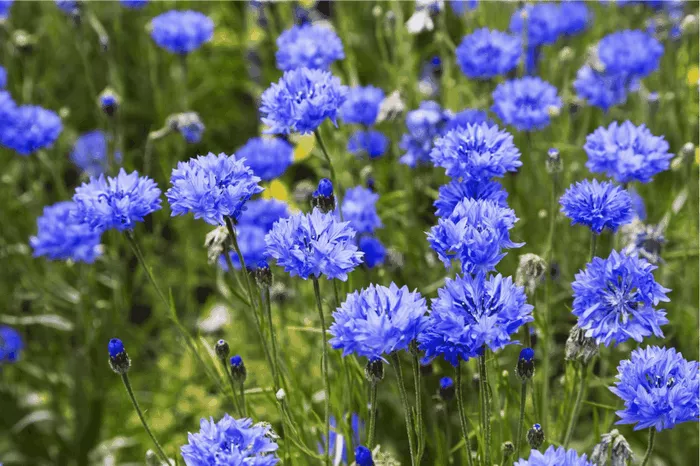As spring approaches and gardeners eagerly plan their flower beds, it’s crucial to consider the safety of our furry companions. While flowers can brighten up any landscape, some varieties pose potential risks to dogs, especially when it comes to bulbs. In this article, we will explore the dangers associated with flower bulbs and provide guidance on how to keep our beloved pets safe.
Understanding Flower Bulbs
Flower bulbs are underground storage structures that contain the plant’s nutrients, allowing it to survive through unfavorable conditions such as winter. These bulbs serve as the energy reserve for the plant and are essential for its growth and development. Common types of flower bulbs include tulips, daffodils, hyacinths, lilies, and crocuses, among others.
Toxicity in Flower Bulbs
While many flower bulbs are harmless, some contain compounds that can be toxic to dogs if ingested. The level of toxicity varies depending on the plant species and the amount consumed. The following are some of the common toxins found in certain flower bulbs:
1. Alkaloids: Plants like daffodils and tulips contain alkaloids, such as lycorine and tulipalin, which can cause gastrointestinal upset, drooling, vomiting, diarrhea, and abdominal pain in dogs.
2. Oxalates: Some bulbs, including hyacinths and tulips, contain calcium oxalate crystals, which can cause irritation and inflammation in the mouth, throat, and gastrointestinal tract when ingested.
3. Cardiac Glycosides: Certain varieties of lilies, such as Easter lilies and tiger lilies, contain cardiac glycosides, which can affect the heart rhythm and lead to cardiac abnormalities, vomiting, diarrhea, and even death in severe cases.
4. Colchicine: Bulbs like autumn crocuses contain colchicine, a toxic compound that can cause severe gastrointestinal symptoms, including bloody diarrhea, abdominal pain, and organ failure.
5. Cyanogenic Glycosides: Plants like glory lilies contain cyanogenic glycosides, which can release cyanide when ingested, leading to respiratory distress, seizures, and even death in dogs.
Recognizing the Signs of Bulb Toxicity
It’s essential for dog owners to be able to recognize the signs of bulb toxicity in their pets. Symptoms may vary depending on the type and amount of bulb ingested but can include:
- Drooling
- Vomiting
- Diarrhea
- Abdominal pain
- Difficulty breathing
- Irregular heart rhythm
- Seizures
- Collapse
If you suspect that your dog has ingested a toxic flower bulb, it’s crucial to seek veterinary attention immediately.
Preventing Exposure to Flower Bulbs
Prevention is key when it comes to keeping dogs safe from flower bulb toxicity. Here are some tips to minimize the risk of exposure:
1. Know Your Plants: Familiarize yourself with the types of flower bulbs that are toxic to dogs and avoid planting them in areas accessible to your pets.
2. Secure Bulb Storage: Store flower bulbs in a secure location away from areas where your dog can reach them, such as locked cabinets or high shelves.
3. Supervise Outdoor Activities: When gardening or spending time outdoors with your dog, keep a close eye on them to prevent them from digging up or ingesting flower bulbs.
4. Use Barriers: Consider using physical barriers such as fencing or raised beds to prevent dogs from accessing flower beds containing toxic bulbs.
5. Teach Leave It Command: Train your dog to “leave it” when encountering potentially hazardous objects, including flower bulbs, during walks or outdoor activities.
6. Provide Safe Alternatives: Offer your dog safe and appropriate chew toys or treats to redirect their attention away from flower bulbs and other potentially harmful items.
7. Be Vigilant During Holidays: Exercise caution during holidays such as Easter, when toxic plants like lilies are commonly used in decorations and may pose a risk to curious pets.
Conclusion
While flower bulbs can add beauty and color to our gardens, it’s essential to prioritize the safety of our canine companions. By understanding the risks associated with toxic flower bulbs and taking proactive measures to prevent exposure, dog owners can ensure a safe and enjoyable environment for their pets. Remember, if you suspect that your dog has ingested a toxic plant, seek veterinary care immediately for prompt treatment and intervention. With proper awareness and precautions, we can keep our furry friends healthy and happy year-round.


